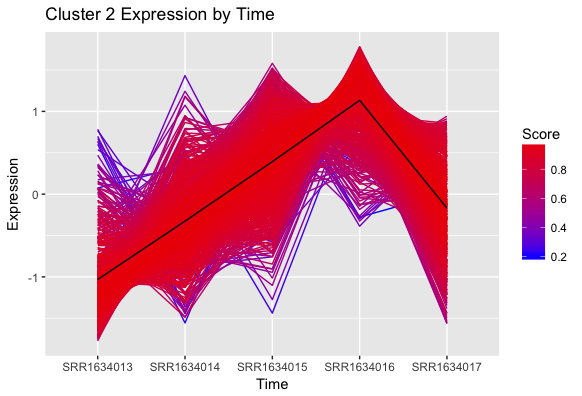Hey all,
i have a specific need to cluster more than 1K genes based on their expression profile. I want to extract then just the genes in clusters with the same expression profile. My first attempt was to set the optimal K with gapstat and using kmeans to mark my expression atlas with the cluster identifier and then extract the genes from a specific cluster by subsetting the dataframe. This didnt work because kmeans tries to put together genes even with different expression profile.
So do you have any suggestion to accomplish this?
Summarizing :
- i want to cluster a big expression atlas
- extract the gene IDs with similar expression profile
thanks in advance
p.s.
i saw this post https://support.bioconductor.org/p/93424/ about pheatmap which would be ideal but i cannot figure out how to check the clusters identifier in order to use cutree function



Hi,
in the example from Bioconductor the object after cutree execution contains the genes with the cluster identifier (a number from one to n - an integer you have chosen for cutree).